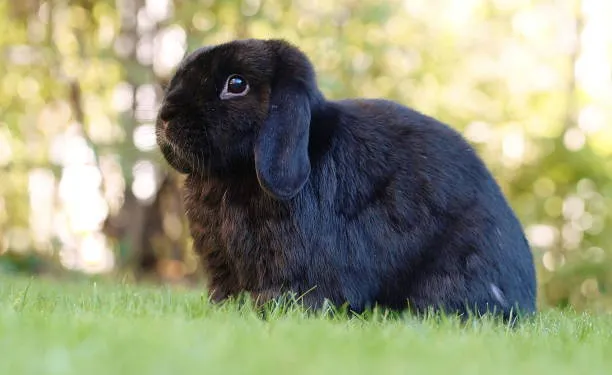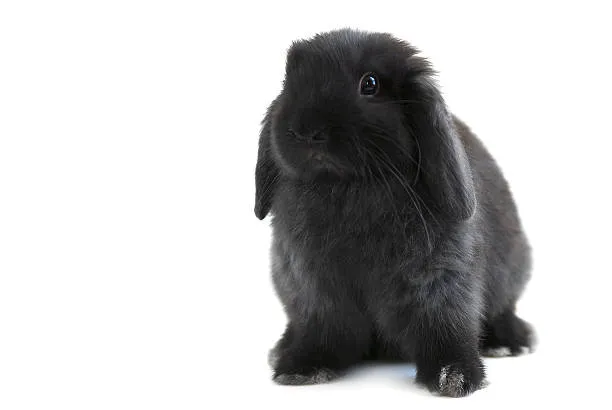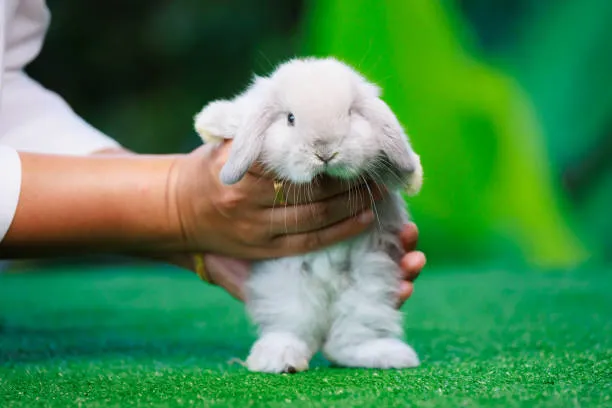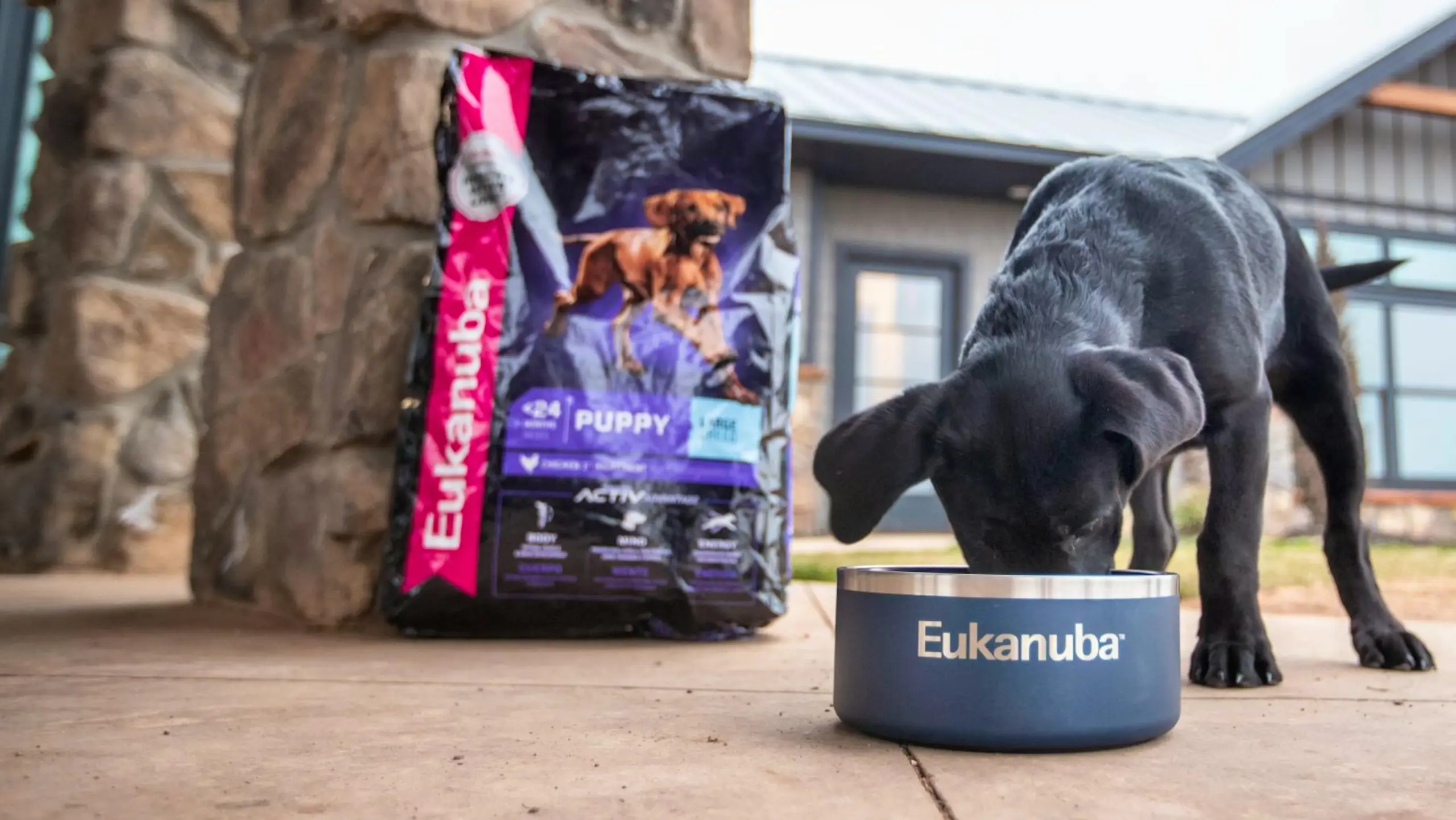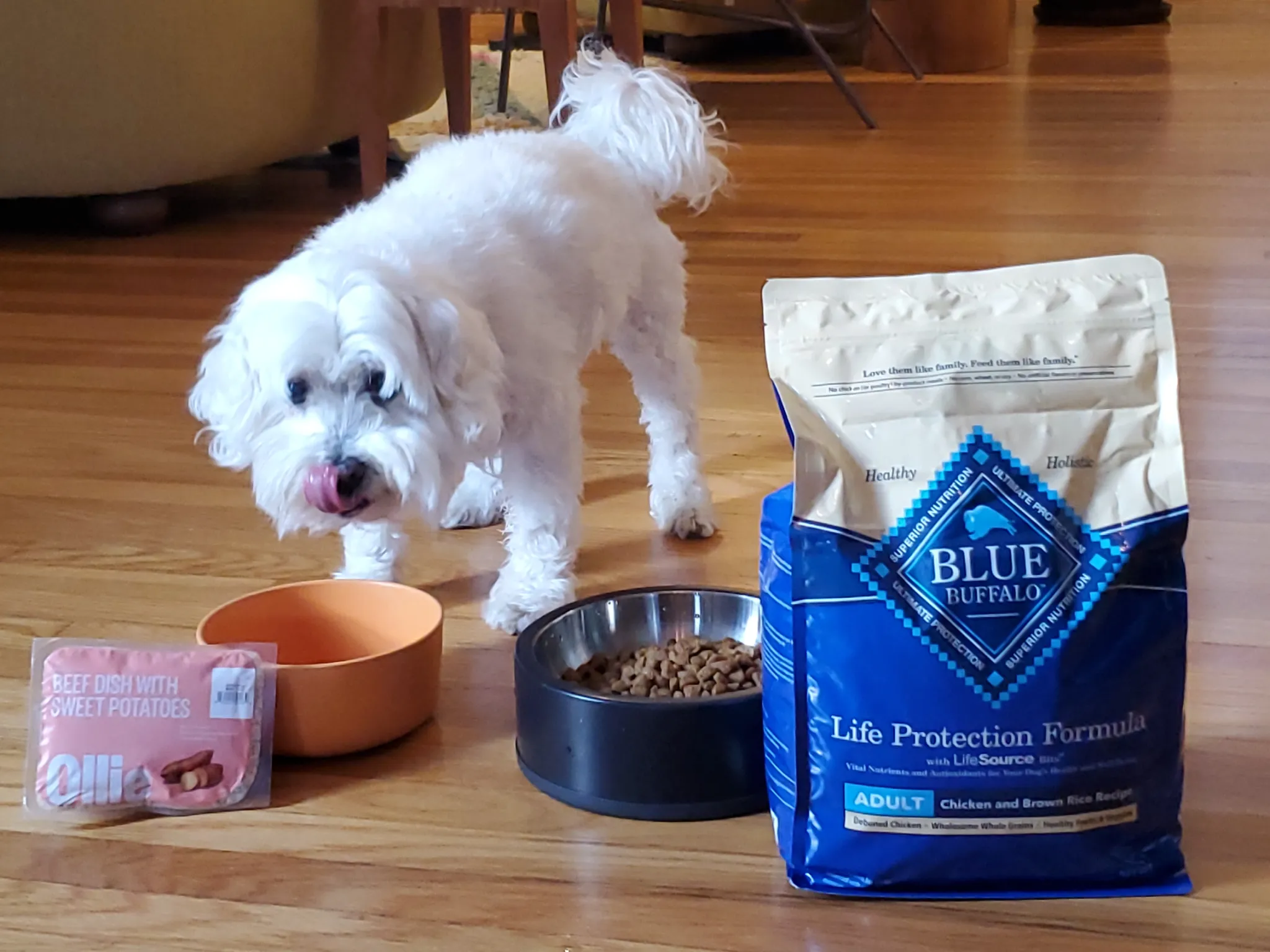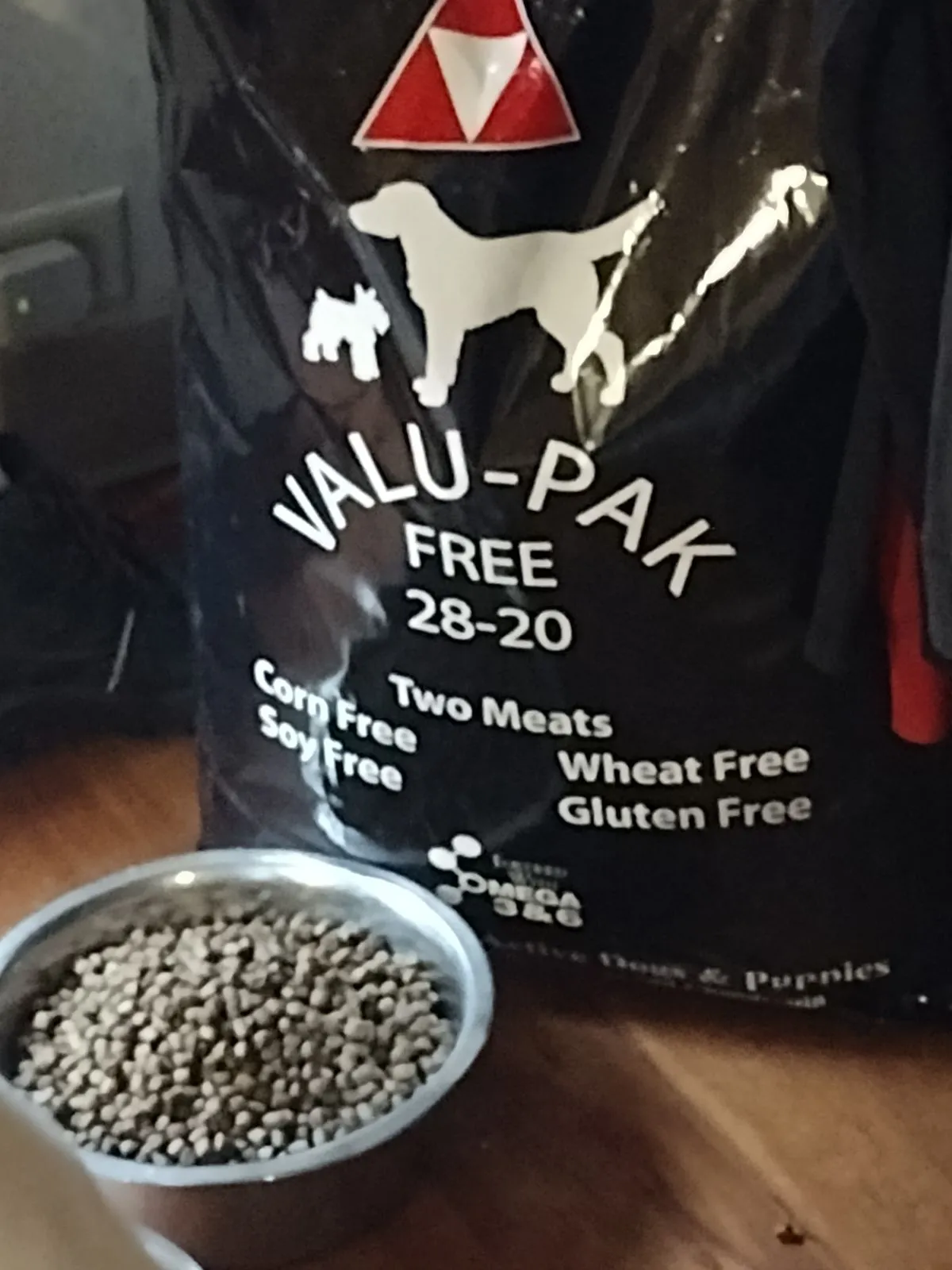The Holland Lop Bunny rabbit is one of the world’s most sought-after rabbit breeds, recognised for its small size, distinctive floppy ears, and friendly personality.

As a pet breed, the Holland Lop has captured the hearts of pet owners, families, breeders, and even serious show breeders.
With its unmistakably cute appearance and low-maintenance personality, the Holland Lop continues to steal hearts generation after generation.
Having been bred out of the Netherlands, the Holland Lop has spread its popularity throughout Europe, North America, and globally. With a diminutive size, the Holland Lop packs a heavy punch in its large personality.
Playful, intelligent, and interactive, the Holland Lop is an excellent choice for any family. Whether you’re a first-time pet owner or a rabbit veteran, the Holland Lop is a warm welcome to your family.
Holland Lop Bunny Unique Physical Traits
The Holland Lop is most recognised for its small stature, rounded muzzle, and iconic floppy ears that droop beside its cheeks.
Being a dwarf breed, its average adult weight is between 2 and 4 pounds, making it one of the smallest lops around. With its sturdy build and compact size, it has a soft and cuddly, plush-toy-like appearance that cannot be resisted.
This rabbit possesses a wide head, short muzzle, and sturdy legs that constitute its strong build. The lopped ears are wide, well-furred, and naturally fall to the side, contributing to its innocent appearance.
One of the breed’s distinguishing features is the crown—a ridge of upright cartilage along the head from which the ears droop.
Their coats are soft, thick, and rollback in character, that is, they gradually fall back into their initial position when combed against the grain.
Holland Lops are also valued because of their wide range of colour variety and pattern, from broken (spotted), solid, agouti, pointed white, to shaded types.
Holland Lop Bunny Personality and Temperament
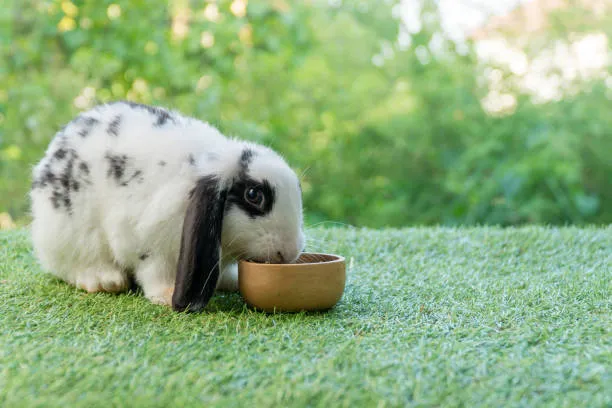
What distinguishes the Holland Lop is its champion personality. Holland Lops are very social and dependent animals that live on interaction and companionship.
They are friendly by nature, very spirited, and tend to become very close to their human family. Holland Lops enjoy being petted, handled, and made a part of daily routines.
While small, Holland Lops can be quite bold and expressive. Any given owner will discover that their Holland Lops are inquisitive and occasionally mischievous. They may butt for affection, climb onto the furniture to investigate, or indulge in happy “binkies”—brief little hops in the air.
They are also intelligent and can be trained in simple tricks or commands. Some can be trained to come when called by their name or be litter-trained with a reward. However, like all rabbits, they also need quiet spaces where they can retreat and rest.
Housing and Environment Needs
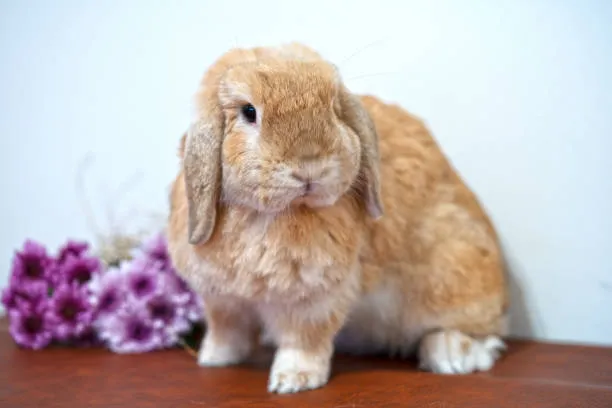
Presenting a safe and warm habitat to a Holland Lop bunny is crucial to its well-being. Holland Lop rabbits can live indoors in a large cage or pen, but also need supervised play time in order to exercise and socialise. Their living space needs to be roomy enough for them to stretch, hop, and stand on their hind legs.
Bedding material such as hay, paper-based litter, or soft straw should line the cage floor to provide cleanliness and comfort.
Wire-bottom cages should be avoided because they can hurt their sensitive feet. Daily cleaning is also important in odour and infection prevention.
The space in which the bunny resides must be free of hazards, with no bare wires, toxic plants, or small things that can be chewed and ingested.
Temperature regulation is also key, as Holland Lops are sensitive to heat. Keep the space cold, well-ventilated, and draft-proof.
Diet and Nutritional Needs
A proper diet is the foundation of a Holland Lop bunny’s long life and happiness. The rabbits need to be fed a balanced diet of hay, fresh vegetables, pellets, and clean water.
Hay should be the foundation of their diet, approximately 80% of their daily diet, as it will provide the needed fibre for digestion and dental health.
Timothy hay is a favourite, but orchard grass or meadow hay can be used as a substitute to offer some change. Fresh vegetables such as romaine lettuce, cilantro, parsley, and carrot tops are wonderful additions, but the sugary fruits need to be offered in moderation as treats.
Pellets made for rabbits do include essential vitamins and minerals, but are not the primary part of the diet. Water should always be present, preferably in a water bottle or heavy ceramic bowl that cannot be tipped over.
Holland Lop Bunny Grooming and General Care

Holland Lops are fairly low-maintenance when grooming. Their thick coat needs to be brushed once or twice a week, more often during shedding season, to keep the hair from building up and causing digestive problems. They are clean animals and only need baths on rare occasions, as baths are stressful and unnecessary.
Their nails must be clipped regularly to prevent overgrowth and damage. Their ears must be checked from time to time for wax buildup or infection, especially since their low-set ears are prone to trapping particles.
Regular dental visits are also necessary since rabbit teeth grow continuously and may need to be trimmed if not naturally worn down by chewing.
Spaying or neutering is also highly recommended both for behavioural and health reasons. It will decrease the risk of reproductive cancers and minimise aggression or territorial behaviour, especially in adult rabbits.
Holland Lop Bunny Training and Interaction
Holland Lop rabbits are easily trainable with soft methods and the additional possibilities of treats and consistent encouragement.
Litter training can typically be accomplished by placing hay near the litter box and rewarding correct usage. Most bunnies will instinctively discover and utilise one location, so this can be a simple process with patience.
Enrichment is needed to prevent boredom and behavioural issues. Toys, tunnels, cardboard boxes, and safe wooden chew items keep them mentally stimulated and physically active. Time out of the cage for exploration of a rabbit-proofed area is also beneficial for exercise and bonding.
These small bunnies live on pampering. The owners must take some time every day to spend with their pet, either by playing, cuddling, or simply sitting with them. This daily interaction creates a sense of trust and is the key to a happy, social bunny.
Common Health Concerns of the Holland Lop Bunny
Although generally tough, Holland Lops are susceptible to certain health issues, chief among them dental and gastrointestinal stasis.
Due to their undersized skull and short jaw, they can develop crooked teeth, so regular visits to the vet are essential. Provide them with lots of hay to grind down their teeth naturally.
Gastrointestinal stasis, or slowing of the digestive tract, is a potentially life-threatening condition if left untreated. It is characterised by loss of appetite, decreased droppings, and lethargy. These symptoms require immediate veterinary attention.
Ear infections may also be caused by the conformation of their lopped ears, which may trap moisture and bacteria. Additionally, a hygienic environment and frequent ear checks minimise this tendency. Vaccinations and parasite prevention are also essential as per your local veterinary guidelines.
Lifespan and Long-Term Commitment
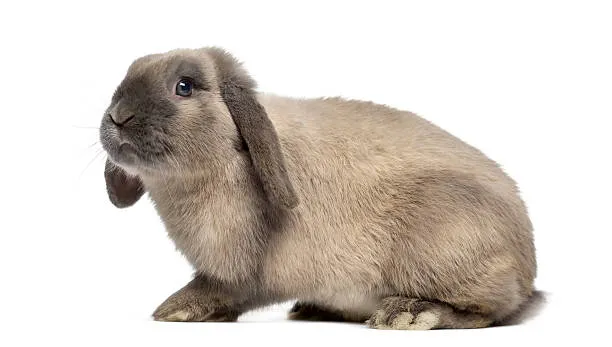
Under the proper care, a Holland Lop can live up to 7 to 10 years, with some being outside of that range. Their long life means that future owners must be willing to commit to a long-term relationship.
Daily attention, financial investment, and time commitment are all required to ensure a healthy, rewarding life for the rabbit.
They are not toys, and their emotional needs are as strong as their physical. They require friends, routine, and love. Given consistent love and good care, a Holland Lop is an extremely rewarding and affectionate pet.
Perfect for Families and Individuals
The Holland Lop is friendly in temperament and simple to manage, making it a great choice for families with children, seniors, or city dwellers. Their peaceful nature and simplicity of care also make them fit to be owned by people with varied lifestyles.
However, young children need to be supervised so that they don’t get a bit too rough with the bunny and accidentally hurt it.
New owners are encouraged to educate themselves about rabbit behaviour and health before bringing a pet home. Responsible ownership involves being informed of their nutritional needs, establishing a safe environment, and regular visits to the vet.
Finding and Adopting a Holland Lop
Those who wish to adopt a Holland Lop bunny can look for several options, including rabbit rescues, ethical breeders, and local shelters.
In most instances, the most compassionate choice is adoption, since many rabbits are seeking homes after being abandoned or abused.
When purchasing from breeders, ensure they are reputable, maintain clean environments, and prioritise the health of the animals on top. A good breeder should provide you with health history, proper documents, and after-adoption care.
It is also crucial to visit the facility, observe the environment yourself, and play with the bunnies prior to making a purchase. This will enable you to go home with a healthy, well-socialised pet.
Why Holland Lops Are So Popular
The persistent popularity of the Holland Lop lies in its combination of charm, intelligence, and loving nature. Their miniature size makes them ideal for tiny spaces, and their active but gentle disposition attracts a broad scope of pet owners.
From show circuits to domestic households, Holland Lops remain a favourite choice. They are great show stock and loving pets in equal measure, spreading joy, comfort, and personality in a small, furry bundle.
The breed’s diverse coat colours and markings also add to the visual appeal, so every bunny is unique. No matter if you are drawn to their adorable faces, their gentle demeanour, or their simplicity, the Holland Lop bunny is a testament to the strong bond that can be established between a human and a rabbit.

